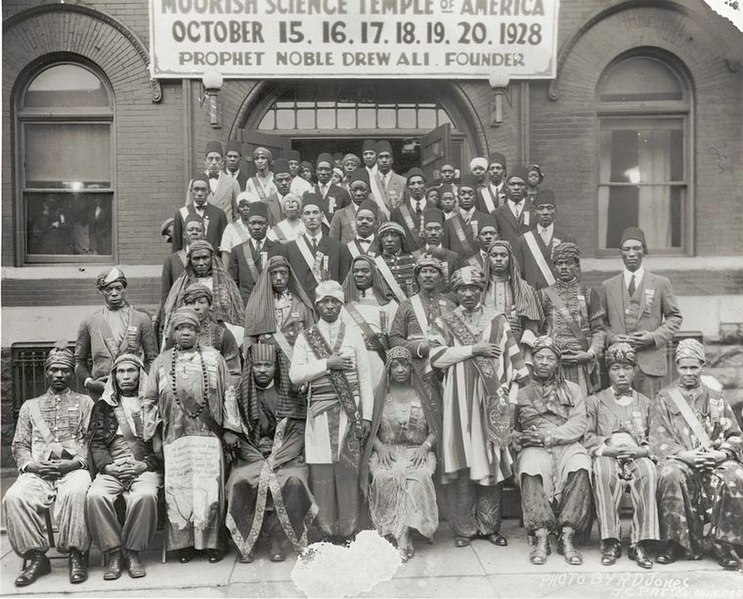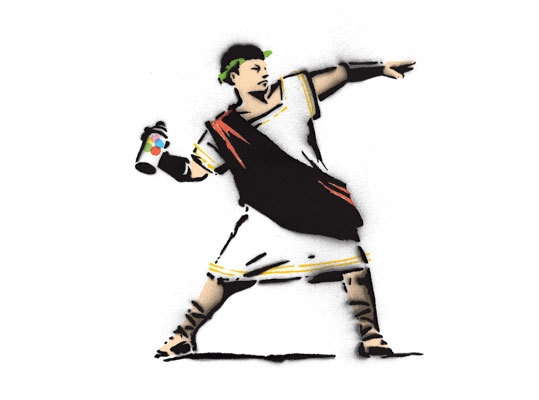
This sign is first thing you see when you pass the ticket gate: Assos ruins, brought to you by Efes Pilsen! Yeah. Some bright bulb in the Ministry of Culture and Tourism decided that all of Turkey's archaeological sites should have signs like this: an oversized rusty diamond with a notch. The design doesn't look good anywhere, I promise you, though this one with the multiple beer logos is especially bad.
It's a great site, though, with a dramatic acropolis, fantastic Hellenistic walls, and a super cool necropolis and a panoramic view of the Greek island of Lesbos. (Cue Lesbian jokes.)
 | |
| The necropolis of Assos is right outside the city walls. |
Then there's wine. There's lots of examples but it's been a real long day, so I'll give you one: the 'Kızıbel' wine from Likya vintners. It's named after the wonderful painted tomb discovered near Elmalı in Muğla provınce in 1969, and excavated by the late Machteld Mellink of Bryn Mawr College. The bottle reproduces the charioteer from the inner walls of the tomb, which demonstrates Greek influence in southwest Anatolia already in the 6th century BC. Honestly I have little memory of how this wine tastes. Kind of merlot-y I think. The Turkish wine industry is more or less where California was in the early 1980s - lots of ambition but lacking a lot of phenomenal product. They have labeling covered, however.

Like my memories of this wine, the wall paintings in the tomb itself are fragmentary but show a lively realism. The ancient Likyans were optimistic that their favorite things in daily life (chariots, drinking parties) would be with them after death, too, which led to a lot of cool paintings and carvings, most now lost. The southwest coast is a very beautiful region of the Turkey, I recommend a trip.










